
Sometimes, history doesn’t just repeat itself—it syncs up like a cosmic wink. Different eras, distant places, and yet the details fall into place a little too neatly. These aren’t myths or conspiracy theories—just real events with coincidences that are hard to ignore. Here are ten moments in history that aligned with eerie, almost unbelievable precision.
Halley’s Comet Bookends Mark Twain’s Life
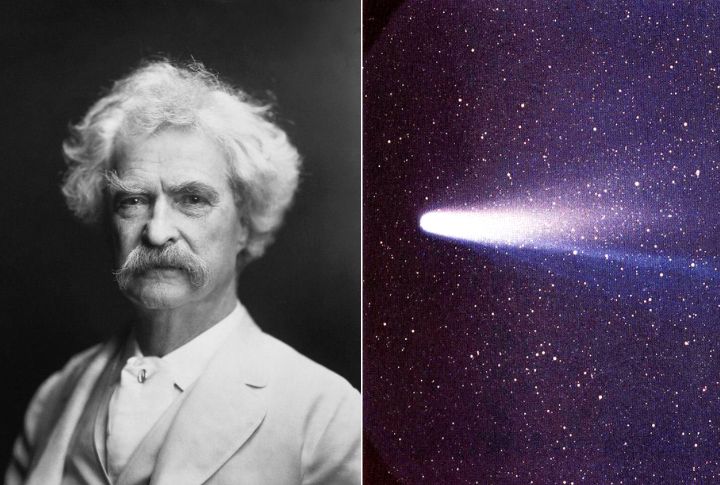
Mark Twain entered the world in 1835—the same year Halley’s Comet made its bright appearance. In 1909, he famously predicted that he would leave this world when the comet returned. True to his word, Halley’s Comet reappeared in 1910, and Twain passed away the very next day, forever tying his life to a 75-year celestial rhythm.
The “Tamerlane Day” Presidents
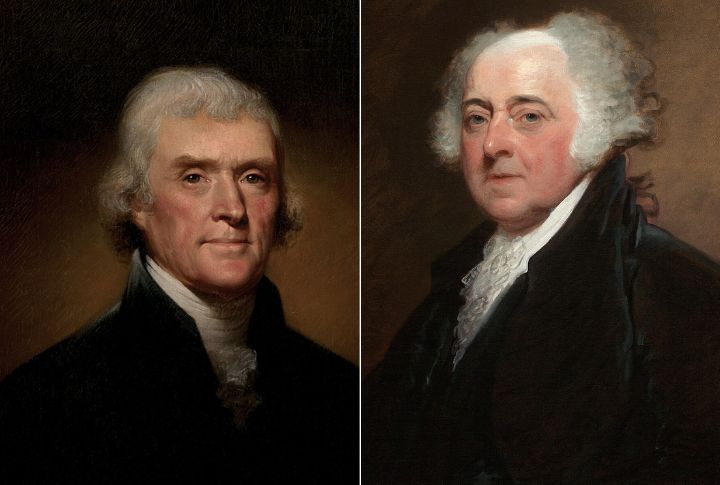
On July 4, 1826—the 50th anniversary of American independence—both Thomas Jefferson and John Adams passed away, just hours apart. Five years later, James Monroe also died on July 4. Three early presidents departing on Independence Day feels less like a coincidence and more like history’s uncanny sense of timing.
The Two Miss Unsinkables

Violet Jessop’s life plays out like a trilogy of survival. She was aboard the Olympic when it collided with the HMS Hawke, on the Titanic when it sank, and on the Britannic when it hit a naval mine. Each time, she escaped in a lifeboat and lived to tell the tale—earning her the unforgettable nickname: “Miss Unsinkable.”
Shakespeare And Cervantes Died On The Same Day (Kind Of)
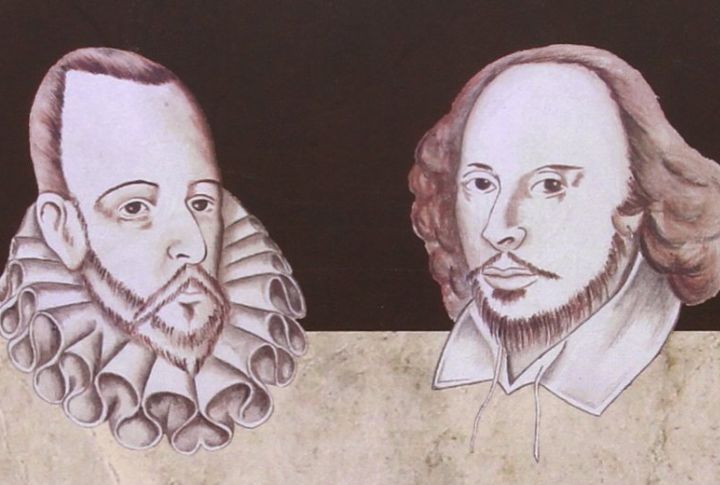
William Shakespeare and Miguel de Cervantes both died on April 23, 1616—a stunning loss for world literature. But due to England using the Julian calendar and Spain the Gregorian, their deaths were actually 10 days apart. Still, the coincidence remains a poetic end to two literary titans.
Haiti And Liechtenstein Shared A Flag Until 1936

Until 1936, Haiti and Liechtenstein unknowingly shared the exact same flag design. The striking coincidence came to light during the Berlin Olympics, when both nations paraded under identical banners. To avoid future confusion, Liechtenstein added a gold crown to its flag the following year, while Haiti updated the coat of arms on its own.
Rome’s First And Last Emperors Share The Same Name

Romulus founded Rome, setting the stage for centuries of conquests. Nearly 1,200 years later, Romulus Augustulus lost it to a Germanic general. His name, combining Romulus (the founder) and Augustus (the first emperor), adds to the eerie symmetry.
The “Cursed” Car That Killed James Dean

James Dean’s Porsche claimed him first—but its story didn’t end there. Salvaged parts from the wreck went into two race cars: one crashed and injured its driver, the other was fatally wrecked. Years later, the mangled shell toured as a highway safety exhibit, only to mysteriously vanish in 1960. Its eerie legacy fueled lasting rumors of a curse.
The Titanic’s Near‑Twin Disaster
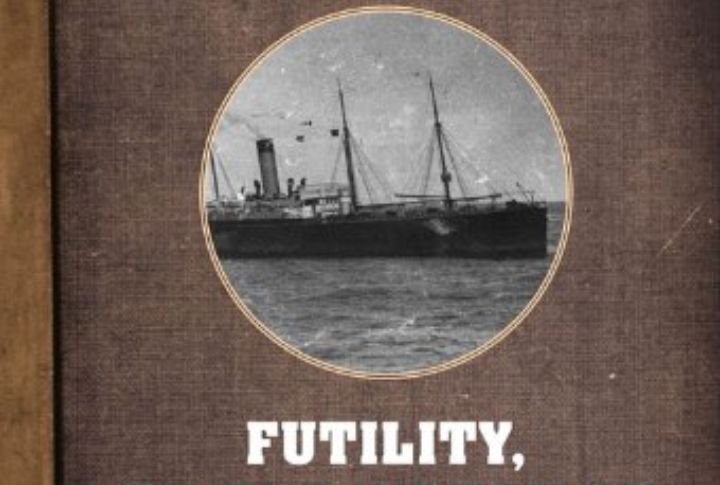
The 1898 novel “Futility” by Morgan Robertson recounts the sinking of the Titan, a massive liner that collided with an iceberg in the North Atlantic in April. Fourteen years later, the real-life Titanic, famously deemed unsinkable and lacking enough lifeboats, suffered the same tragic fate. The eerie similarities between fiction and reality continue to unsettle even today.
The “Doomed” Curse Of The Hoover Dam
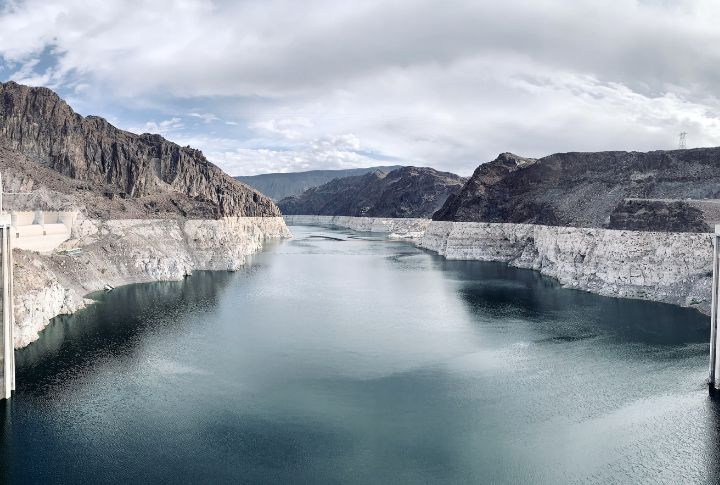
December 20 marks the Hoover Dam’s most haunting coincidence. Surveyor John Gregory Tierney drowned at the dam site in 1922. Exactly fourteen years later, on the same date, his son Patrick fell from an intake tower and died. A memorial plaque honors the workers, but the father-and-son tragedy has stirred enduring whispers of a “curse.”
First And Last WWI British Soldiers Buried Opposite
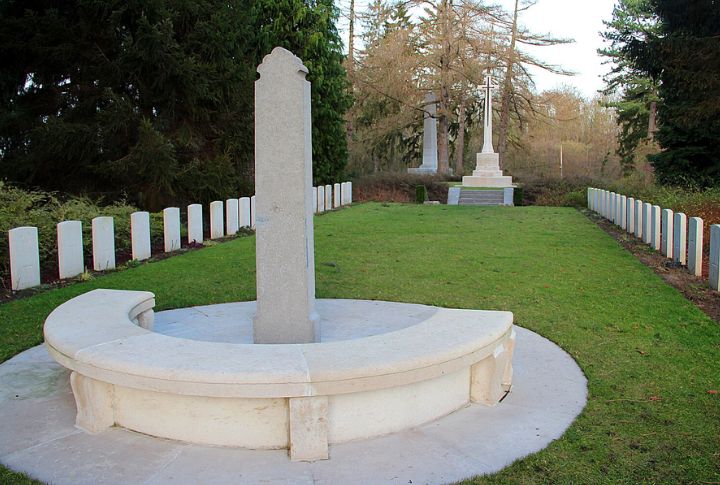
John Parr was killed in August 1914, just days into World War I. George Ellison fought through nearly the entire conflict, only to be killed 90 minutes before the armistice. Their graves at St. Symphorien Military Cemetery now face each other—a quietly powerful arrangement that no one realized at the time would come to symbolize the war’s tragic full circle.

